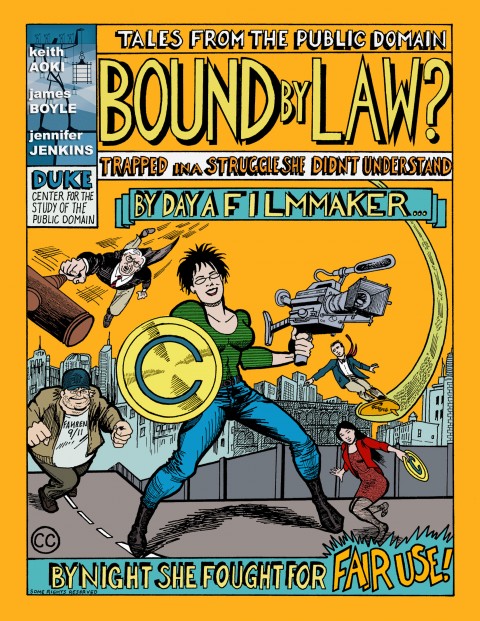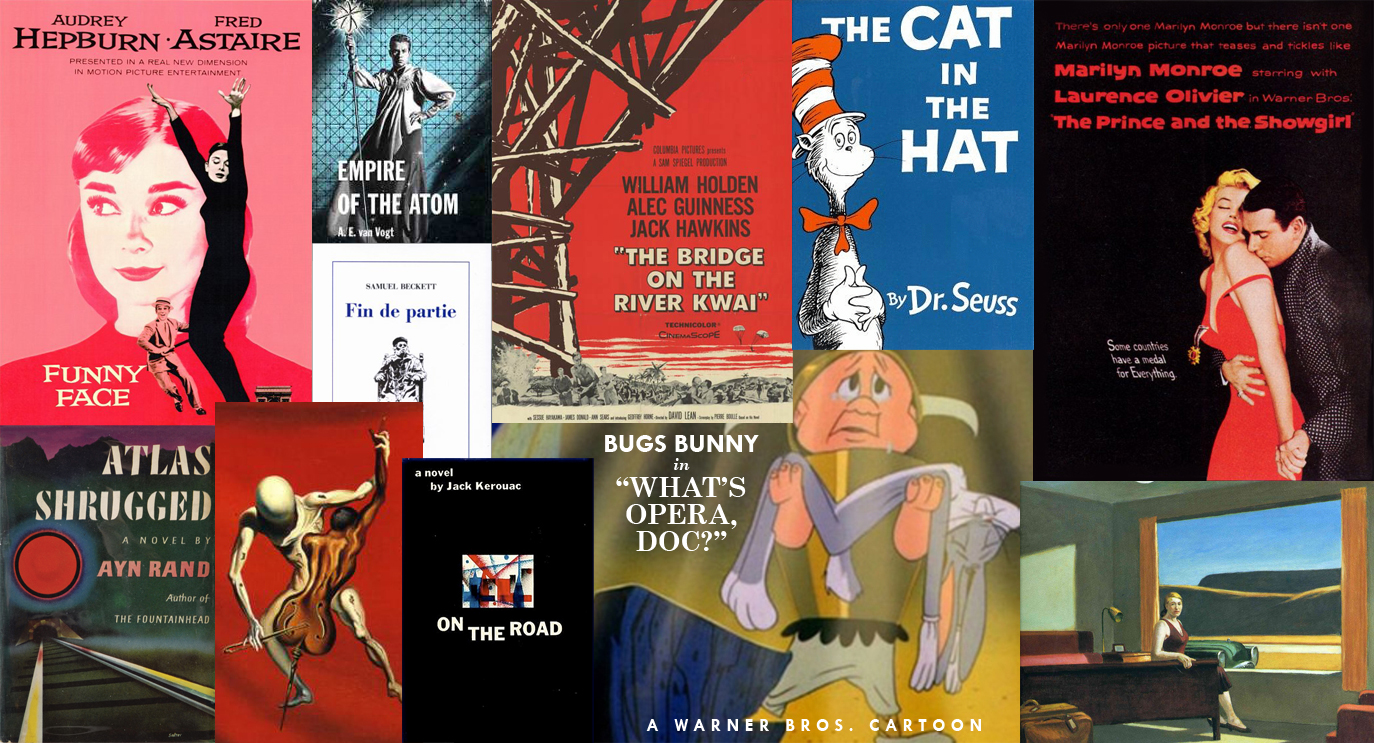As the Black Lives Matter movement has come to occupy a greater swath of America’s attention span, a conversation has arisen around the pitfalls of allyship, a term that lends itself to discussions of gender and disability, as well as race.
Simply put, the self-proclaimed allies are members of a more privileged majority, eager to lend support through word and deed.
Unfortunately, their enthusiasm often turns them into microphone hogs in what activist Princess Harmony Rodriguez has referred to as “ally theater.”
A number of would-be allies confuse humility with the seeking of brownie points. If they really got it, those at the center of the movement say, they would not expect members of the minority to rearrange their to-do lists to bring them up to speed on what it’s like to be a person of color (or a transgendered person or a disabled person).
Would-be allies are therefore advised to step out of the spotlight, stuff a sock in it, and educate themselves, by working to find existing essays and narratives, authored by those with whom they would be in solidarity.
Human nature ensures that tempers will flare and hurt feelings will be aired. The horrifying social ill that gave rise to the movement—the shooting of unarmed black men by those charged with protecting the whole of the public—is elbowed offstage, so that a phenomenon such as allyship can be the number one topic of debate on college campuses, websites, and social media.
“Traffic Stop,” above, provides a rare moment of racial accord, stemming from yet another ghastly tale of police brutality.
The short animation was born of a conversation recorded by Alex Landau and Patsy Hathaway in a StoryCorps booth, a massive oral history project designed to attract a wide diversity of participants.
Landau is African-American.
His adoptive mother, Hathaway, is white.
Those who would classify adopting a child of another race as “allyship” must concede that, if so, it is certainly of no casual stripe.
The events of January 15, 2009, when Denver police stopped the 19-year-old Landau and a white friend for making an illegal left turn, caused Hathaway to rethink the colorblind worldview she had espoused while raising her son.
“I thought that love would conquer all and skin color really didn’t matter,” Hathaway tells Landau. “I had to learn the really hard way when they almost killed you.”
Had the attack happened a few years later, Landau’s friend might have managed to document the proceedings with a cell phone, despite the handcuffs that were placed on him after a bag of marijuana was found in his pocket.
Instead, this animation, and the grisly graphic photo that follows of Landau’s face prior to receiving 45 stitches, will have to suffice. His recollection of the laughter and racial epithets directed his way as he lay bleeding on the ground are stomach-churners, too.
Like his mother, Landau’s childhood perception of an all-inclusive, benevolent world was shattered. They mourned it together when they were reunited in the emergency room on the night of the ill-fated traffic stop.
Look and listen.
Then, if you are ready to wade into thornier territory, read the hundreds of comments viewers have posted on youtube.
Ultimately, the City of Denver awarded Landau a $795,000 settlement, while the Denver Police Department, citing a lack of evidence, cleared all three officers of misconduct. Follow up articles from 2011 and 2013 are available here and here.
Traffic Stop was animated by Gina Kamentsky & Julie Zammarchi (read an interview with them here). It was recently nominated for an Emmy award last week.
Related Content:
Pepper Spraying Peaceful Protestors Continues; This Time at UC Davis
Ayun Halliday is an author, illustrator, and Chief Primatologist of the East Village Inky zine. Follow her @AyunHalliday.







